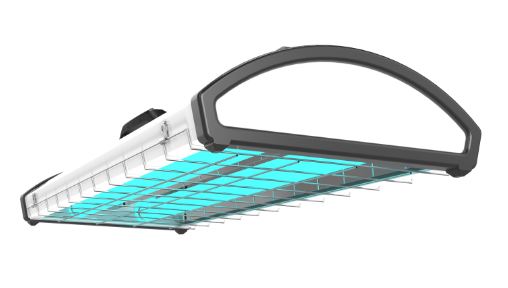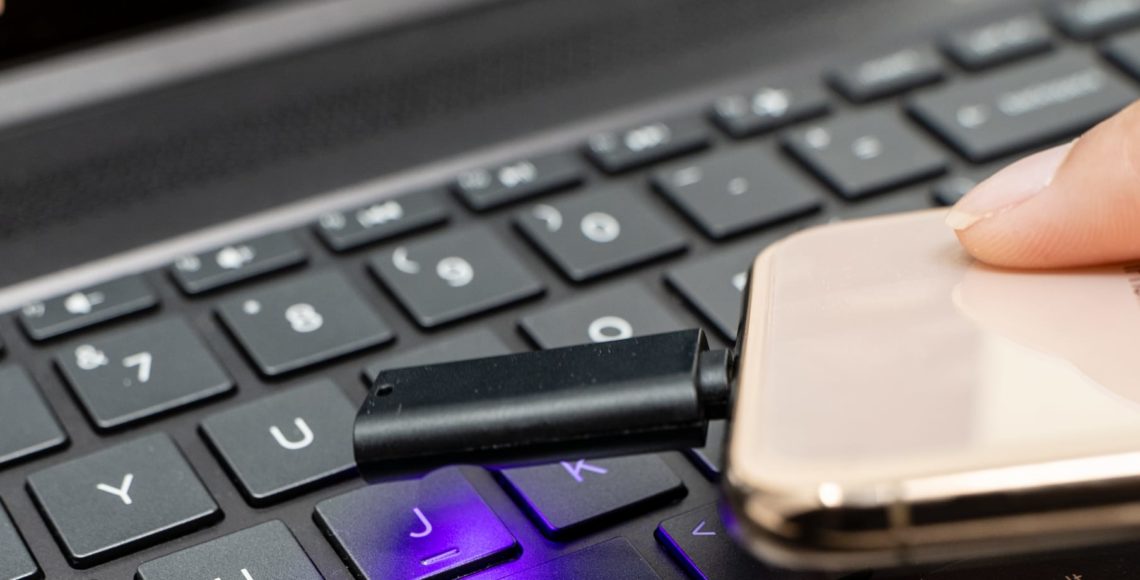Why Your Office Needs UV Light Sanitizing
Of course, there are specific ways to best keep your skin clean, whether it’s oily, acne-prone, or otherwise. Yet, one device can often get neglected during our daily hygiene and cleanliness routines: Our phones, which we put through the ringer every day. موقع بيت 365 لكرة القدم
- You’re constantly scrolling through it — eating, resting in between sweaty sets at the gym and so on
- Maybe your kids are grabbing it with less-than-clean hands
- Or maybe you’re whipping up dinner (hello, raw chicken), following your favorite recipe.
There’s a lot of microbes hanging around on your stuff.
What are ultraviolet (UV) light sanitizers?
“Unlike the average American, our tech devices don’t take a shower each day,” says Michael Schmidt, PhD, a professor with the department of microbiology and immunology at the Medical University of South Carolina. “We take a shower to remove the microbes affiliated with our skin. The only thing that microbes like better than human skin is plastic and glass,” he explained. In other words, microbes are attracted to your smartphone, your earbuds, your tablet and other products you likely use everyday.
Until recently, your best option was to use a microfiber cloth — or an alternative — to physically wipe these microbes away. Recently, companies have been releasing products equipped with ultraviolet (UV) light to sanitize products (or themselves). These UV light sanitizers promise to rid your tech and other household items of germs that might make you sick. موقع مراهنات كرة قدم
How do UV light sanitizers work?

On the UV light spectrum there are UV-A, B, and C lights. Only the UV-C light can kill germs, says Philip Tierno, PhD, a clinical professor in the department of pathology at New York University Langone Medical Center.
“This light has a range of effectiveness, which interferes and destroys the nucleic acids of bacteria and other microbes,” Tierno explained, adding that the range of light can also disrupt proteins in the microbes by killing certain amino acids. لعب البوكر على الانترنت They work best on smooth surfaces and have limitations, Tierno advised.
“UV-C penetrates superficially, and the light can’t get into nooks and crannies,” he explained. That includes things like buttons or phone cases, which are lined with crevices. If a germ is encased within a food particle, for example, the UV light won’t be able to get at it.
“These kill microbes quickly,” Michael Schmidt said. “But when your device comes out, it’s only as safe as its last encounter.” In other words, using the UV light sanitizer doesn’t license you to get dirty and ignore possible new germs on the phone.
UV light sanitizers to shop in 2020
If you’re considering grabbing a UV light sanitizer or a product that uses UV lights, here are some uses you’ll likely get out of it:
These sanitizers can really shine if multiple people are around your tech devices through the day — as in an office, for example.
They make for a quick clean for your tech after your kids (or grandkids) had their way with it
And they can be helpful after a day out hiking, gardening, running and so on or a day in cooking, cleaning or playing around with your pets.
Beyond UV-sanitizing devices that clean your tech, there are also products that use UV light to clean what’s inside them, like water bottles that self-clean. (Because you know you don’t wash your water bottle as often as you should.) These also employ UV-C light to rid germs and viruses on their interior.
We carry UV Sanitizers!
Parker Lighting continues to shine in our community supporting our local businesses. Due to increased demand our uv sanitizers are selling out quickly. Please contact us today to get one for your business or office.

